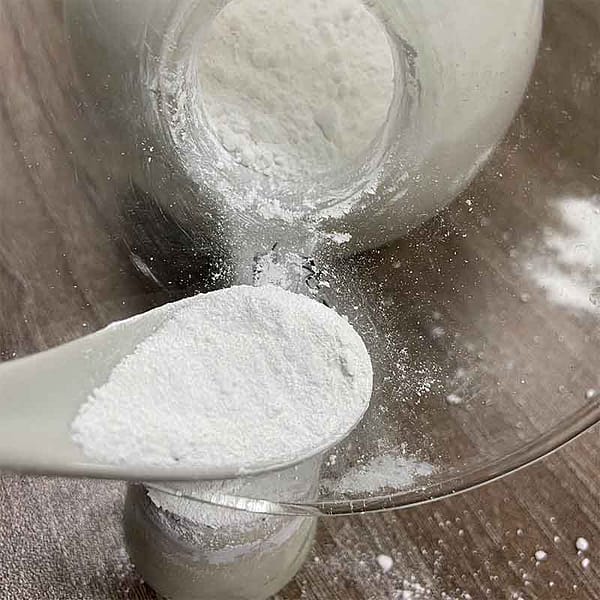In the vast canvas of industries that use titanium dioxide, also known as TiO2, titanium white, or Pigment White 6 (PW6) shines like a bright star, particularly when it comes to plastics, paints, paper and rubber. This versatile compound with its brilliant white pigment plays a vital role in transforming raw materials into stunning finished products. Explore the applications of titanium dioxide and its production methods. Find out the effect it plays in a variety of industries.
The Canvas of Titanium Dioxide, A Palette of Possibilities
Titanium dioxide stands as an important component in the manufacture of many products, contributing to the aesthetic appeal and function of the items we use every day. Pigment White 6 is used to create paints. It gives a clear and opaque white that increases the quality of industrial and artistic applications.

In the industry of plastics titanium dioxide is a key component. It not only imparts color, but also functions as a stabilizing UV agent that protects from the harmful effects induced by ultraviolet radiation. This double-purpose makes it an indispensable component of many plastic products such as packaging materials to sturdy outdoor products.
The Manufacturing Alchemy of Titanium Dioxide Production Processes
The process of producing titanium dioxide is a complex process which have two primary methods leading the way in the process: the sulfuric acid method and the chlorination method. Each method comes with its own uses and intricate details that contribute to the versatility that titanium dioxide can be used in across various industries.
Sulfuric Acid Method – This method involves the reaction of titanium-bearing ore and sulfuric acid. It results in an acid solution containing titanium sulfate. The solution is then hydrolyzed to produce the hydrated titanium dioxide. Following calcination, the product is a fine white powder that can be used in various industries, such as paint and paper.
The Chlorination Method: In contrast, the chlorination process utilizes chlorine gas to react with titanium-bearing ores to create titanium tetrachloride. After a series of chemical reactions, titanium tetrachloride could be converted to pure titanium oxide. This method is prominent in the production of titanium dioxide for the plastics and rubber industries.
Titanium Dioxide Applications: Art and Science
Titanium Dioxide is a color with a stunning shine across every industry. The capability of titanium dioxide to give a vibrant, white color, with high coverage and excellent coverage makes it a good choice for industrial and residential applications. Its brilliance isn’t only aesthetic, but practical also. It can improve the life span of painted surfaces.
Shaping plastics using radiant energy In the world of plastics titanium dioxide is used for a dual purpose. Apart from serving as a white colorant, titanium dioxide is a UV stabilizer, offering vital protection against the damaging effect of sunlight. It is commonly used in outdoor plastic products to ensure their durability and appearance.
Titan dioxide is utilized in the paper industry to enhance the whiteness of the paper and its transparency. Its addition increases the quality of the paper and makes printed materials more vivid and clear. Titanium dioxide is utilized for the production of paper for a variety of aesthetic reasons. It also plays an important role in enhancing the overall quality.
Rubber Resilience and UV Resistance: The rubber industry reaps the benefits of the UV-resistant properties of titanium dioxide. Titanium dioxide protects rubber-based products from harmful effects of UV radiation.
Titanium Dioxide Impact: More Than Pigment
Titanium dioxide is a very visible pigment. However, its impact goes beyond color. The ability of titanium dioxide to increase the durability, resilience and longevity of various products in various industries makes the compound an invisible important contributor to the efficiency and quality of products at the end.
In the end the titanium dioxide is a material of immense significance, seamlessly integrating into numerous industries. Pigment White 6 is a pigment that gives a radiant look to all types of canvases and styles, whether industrial or artistic. Its production is a blend of two processes which are chlorineation and sulfuric acid. This allows for a broad spectrum of possible applications. If it’s for enhancing the appeal of paints, enhancing the protection of materials against UV rays shining paper, or securing rubber, titanium dioxide stands as a proof of the harmonious blend of science and art in the realm of manufacturing. The brilliant light produced by titanium dioxide reflects light onto the world around us, transforming a variety of products into ones that are durable and bright.
